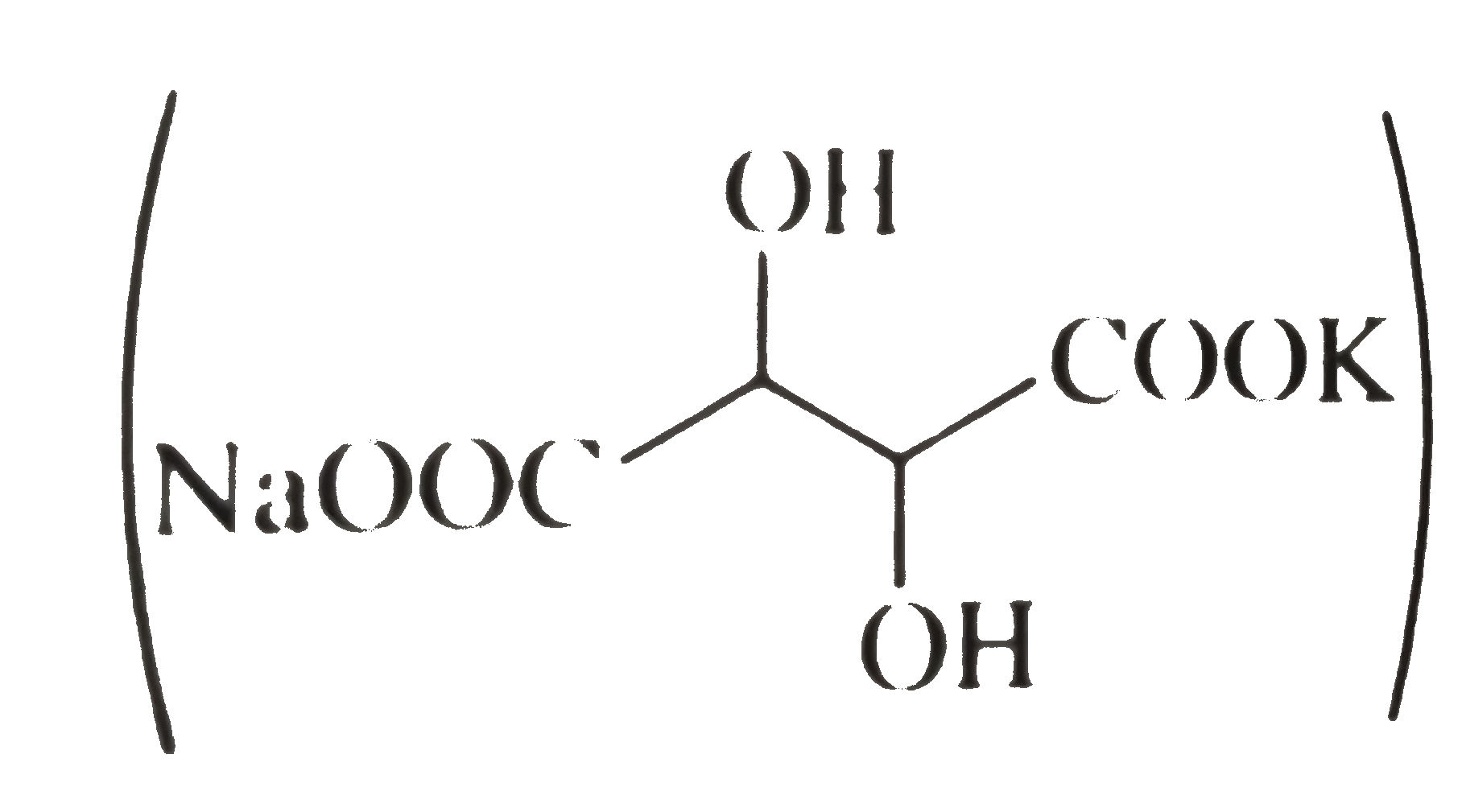Assertion (A): Potassium is a stronger reducing agent than sodium.
Reason (R ): IE of potassium is less than that of sodium.
If both (A) and (R ) are correct and (R ) is the correct explanation of (A).
If both (A) and (R ) are correct, but (R ) is not the correct explanation of (A).
If (A) is correct, but (R ) is incorrect.
If (A) is incorrect, but (R ) is correct.
The correct Answer is:A
To solve the question regarding the assertion and reason about potassium and sodium, we can break it down into clear steps:
Step 1: Understand the Assertion and Reason
- Assertion (A): Potassium is a stronger reducing agent than sodium.
- Reason (R): Ionization energy (IE) of potassium is less than that of sodium.
Step 2: Analyze the Ionization Energy Trend in Alkali Metals
- Alkali metals (Group 1) have a trend where ionization energy decreases as you move down the group. This is because:
- As you go down the group, the atomic size increases due to the addition of electron shells.
- The increased distance between the nucleus and the outermost electron reduces the effective nuclear charge experienced by that electron.
Step 3: Compare the Ionization Energies of Sodium and Potassium
- Sodium (Na) has a higher ionization energy than potassium (K) because sodium is smaller in size compared to potassium.
- Therefore, it requires more energy to remove the outermost electron from sodium than from potassium.
Step 4: Relate Ionization Energy to Reducing Ability
- A lower ionization energy means that an element can lose its outermost electron more easily.
- Since potassium has a lower ionization energy, it can be oxidized more readily than sodium, making it a stronger reducing agent.
Step 5: Conclusion
- The assertion that potassium is a stronger reducing agent than sodium is true.
- The reason that the ionization energy of potassium is less than that of sodium is also true and explains why potassium is a stronger reducing agent.
- Therefore, both the assertion and reason are correct, and the reason correctly explains the assertion.
Final Answer
Both the assertion and reason are correct, and R is the correct explanation of A.
---
- Assertion (A): Potassium is a stronger reducing agent than sodium.
- Reason (R): Ionization energy (IE) of potassium is less than that of sodium.
- Alkali metals (Group 1) have a trend where ionization energy decreases as you move down the group. This is because:
- As you go down the group, the atomic size increases due to the addition of electron shells.
- The increased distance between the nucleus and the outermost electron reduces the effective nuclear charge experienced by that electron.
- Sodium (Na) has a higher ionization energy than potassium (K) because sodium is smaller in size compared to potassium.
- Therefore, it requires more energy to remove the outermost electron from sodium than from potassium.
- A lower ionization energy means that an element can lose its outermost electron more easily.
- Since potassium has a lower ionization energy, it can be oxidized more readily than sodium, making it a stronger reducing agent.
- The assertion that potassium is a stronger reducing agent than sodium is true.
- The reason that the ionization energy of potassium is less than that of sodium is also true and explains why potassium is a stronger reducing agent.
- Therefore, both the assertion and reason are correct, and the reason correctly explains the assertion.
Both the assertion and reason are correct, and R is the correct explanation of A.
Topper's Solved these Questions
- S-BLOCK GROUP 1 - ALKALI METALSBOOK - CENGAGE CHEMISTRY ENGLISHCHAPTER - S-BLOCK GROUP 1 - ALKALI METALSEXERCISE - Exercises Integer
10 Videos
- S-BLOCK GROUP 1 - ALKALI METALSBOOK - CENGAGE CHEMISTRY ENGLISHCHAPTER - S-BLOCK GROUP 1 - ALKALI METALSEXERCISE - Exercises Fill In The Blanks
19 Videos
- S-BLOCK GROUP 1 - ALKALI METALSBOOK - CENGAGE CHEMISTRY ENGLISHCHAPTER - S-BLOCK GROUP 1 - ALKALI METALSEXERCISE - Exercises Single Correct
100 Videos
- REDOX REACTIONSBOOK - CENGAGE CHEMISTRY ENGLISHCHAPTER - REDOX REACTIONSEXERCISE - Archives (Integers)
1 Videos
- S-BLOCK GROUP 2 - ALKALINE EARTH METALSBOOK - CENGAGE CHEMISTRY ENGLISHCHAPTER - S-BLOCK GROUP 2 - ALKALINE EARTH METALSEXERCISE - Ex 5.1 Objective
2 Videos
Similar Questions
Sodium acts as a strong reducing agent. Why?
View SolutionAssertion (A):O2 is stronger reducing agent than F2
Reason (R ): F2 is more electronegative.
View SolutionAssertion (A): Sodium metal is softer than potassium metal.
Reason (R ): Metallic bond in potassium is weaker than in sodium.
View SolutionThe ionisation energy of potassium is lower than that of sodium. Give reason.
View SolutionPotassium iodide act as reducing agent when treated with
View SolutionAssertion : Fluorine is a stronger oxidizing agent than iodine.
Reason : Fluorine has greater electronegativity than iodine.
View SolutionAssertion (A): NaOH is a stronger base than KOH.
Reason (R ): KOH is more soluble in water than NaOH.
View SolutionAssertion (A): Atomic mass of potassium is 39.
Reason (R ): An atom of postassium is 39 times heavier than 1/2th of the mass of carbon atom (C12).
View SolutionAssertion (A): KMnO4 is a stronger oxidising agent than K2Cr2O7.
Reason (R ): This is due to increasing stability of the lower species to which they are reduced.
View SolutionAssertion (A) : Rochelle's salt is used as a complexing agent in Tollens reagent.
Reason (R). Sodium potassium salt of tartaric acid is known as Rochelle's salt. The IUPAC name of Rochelle's salt is sodium potassium-2,3-dihydroxy butance-1,4- diote.

View Solution
